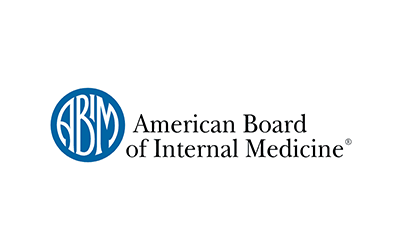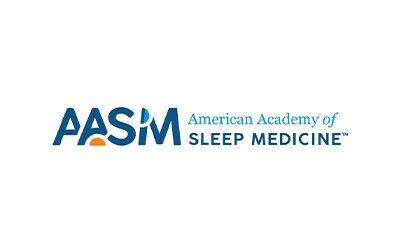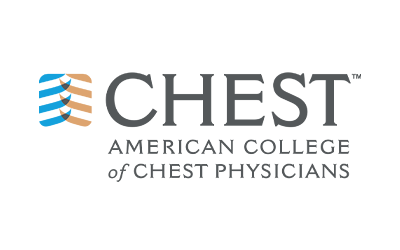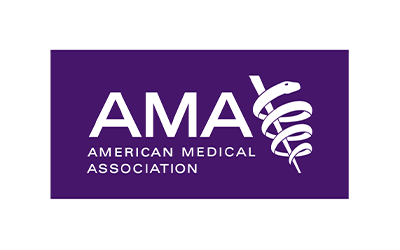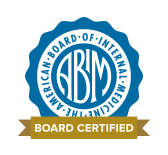If you or your child struggles with food allergies, you know how scary and limiting they can be. For many years, the best advice was to completely avoid the foods you’re allergic to and carry epinephrine (EpiPens) in case of accidental exposure. But exciting new research from Johns Hopkins Medicine is giving hope to families looking for safer, more effective options.
A New FDA-Approved Option: Omalizumab
In 2024, the FDA approved a medicine called omalizumab (brand name Xolair) to help prevent allergic reactions to foods like peanuts, milk, eggs, and nuts. It’s a shot (injection) given regularly, and it was already used for asthma and other allergy conditions before being studied for food allergies.
A new study, funded by the National Institutes of Health (NIH) and conducted by researchers at Johns Hopkins Children’s Center, compared omalizumab to another treatment called oral immunotherapy (OIT) — a process where patients eat small, increasing amounts of an allergenic food to build tolerance.
What Did the Study Find?
Omalizumab worked better than oral immunotherapy.
- About 36% of patients taking omalizumab could safely eat all three of their allergy-triggering foods (like peanuts, eggs, or milk) after treatment.
- Only 19% of those on oral immunotherapy reached the same level of success.
Fewer side effects with omalizumab.
- People on oral immunotherapy were more likely to drop out due to side effects like stomach pain or allergic reactions.
- No serious allergic reactions happened in the omalizumab group during the treatment phase.
Can You Eat Allergenic Foods After Stopping Omalizumab?
Yes — in some cases. The third part of the study looked at what happened after people stopped taking omalizumab. Many participants were able to start eating small amounts of their allergy-causing foods (like milk or eggs) regularly. For some, this meant they didn’t have to be as strict about avoiding those foods anymore.
However, this didn’t work for everyone:
- Some people experienced mild or serious reactions, even after stopping omalizumab.
- Others had trouble eating the foods consistently due to taste, fear, or other concerns.
Still, over 60% of participants who reintroduced foods like milk or eggs were able to keep eating them safely for a full year.
What Does This Mean for You or Your Child?
This study is exciting because it shows that omalizumab could be a safer, easier option than traditional food allergy treatments. It may help reduce the risk of a severe reaction and, in some cases, allow patients to gradually eat foods they were once allergic to — something that wasn’t possible before.
But it’s important to remember:
This treatment is not a cure, and results can vary.
- Regular follow-up with an allergist is essential.
- Not everyone is a good candidate for omalizumab — your doctor can help you decide what’s right for you.
Final Thoughts
At Breathe 360 Integrative Medicine, we’re always watching for new, research-backed options to help you take charge of your health. If you or your child suffers from food allergies, let’s talk about whether new treatments like omalizumab could be part of your care plan.
You deserve to feel confident, safe, and in control of your health — and science is giving us new tools every day to make that possible.
Want to learn more or schedule a consultation?
Call us or contact us through our website. Let’s explore your options together


